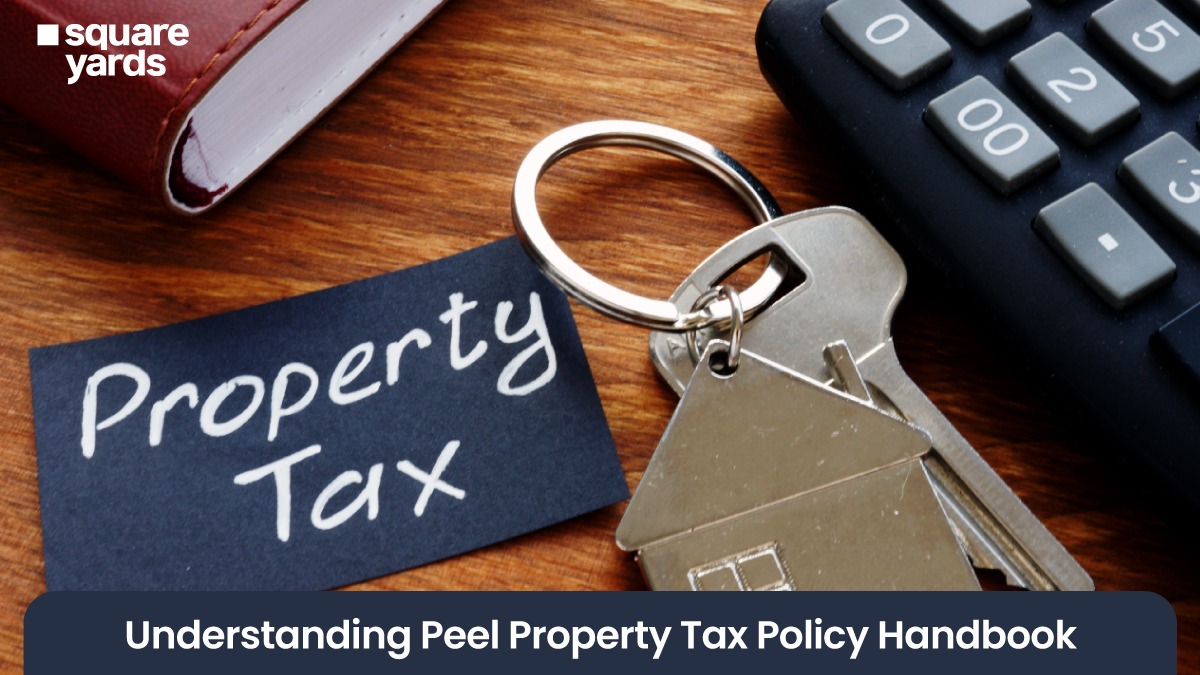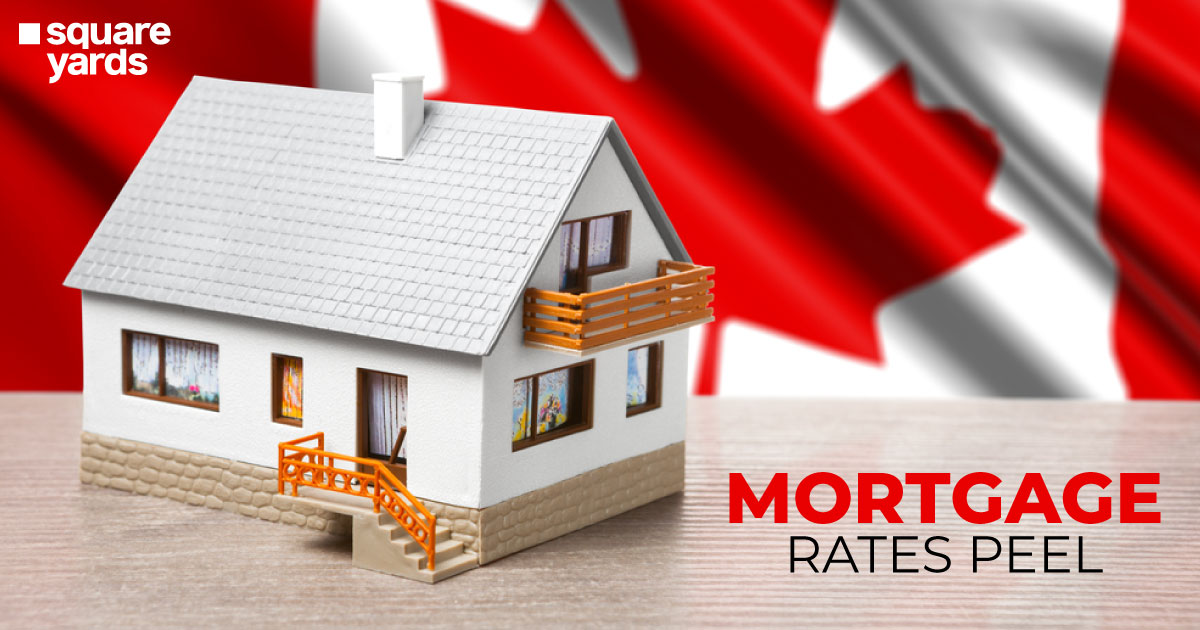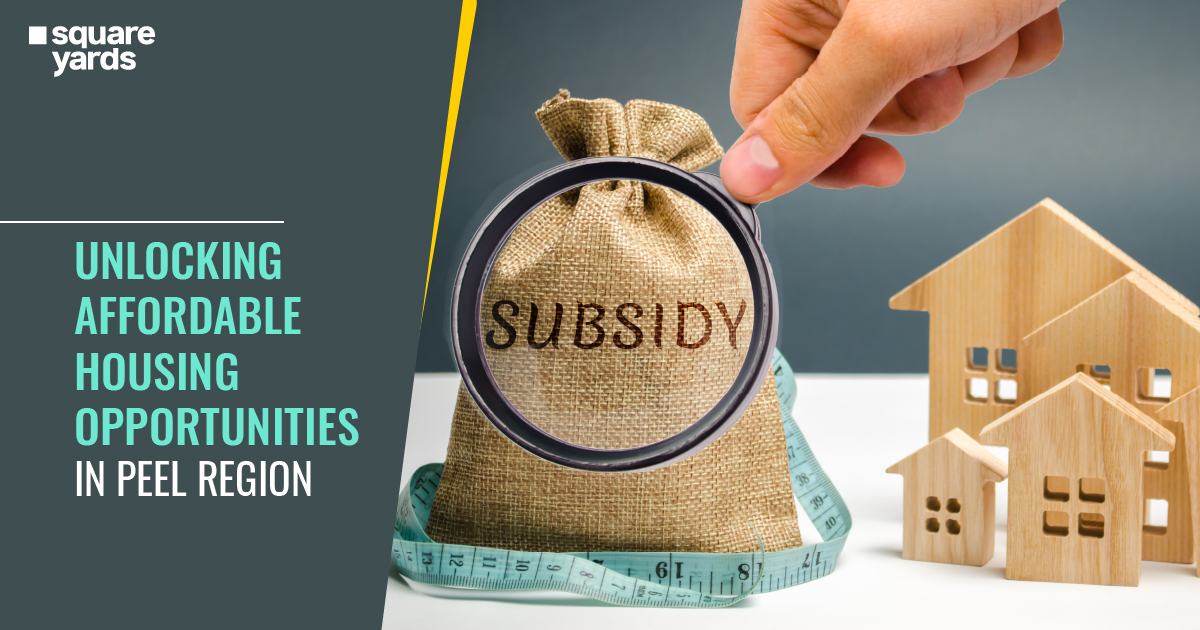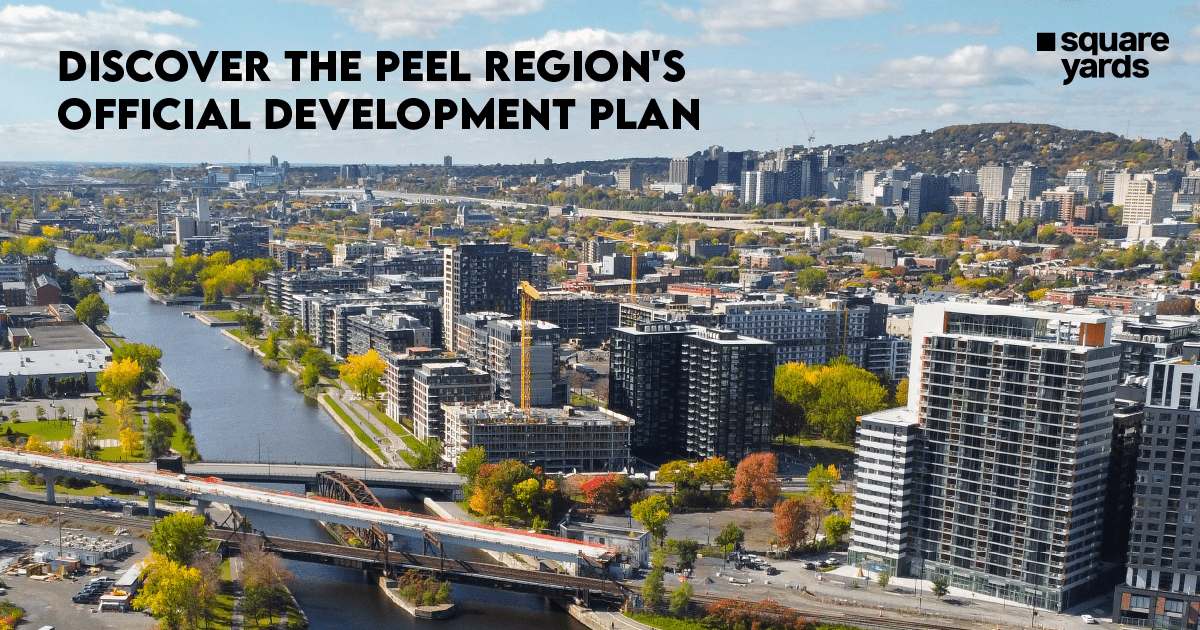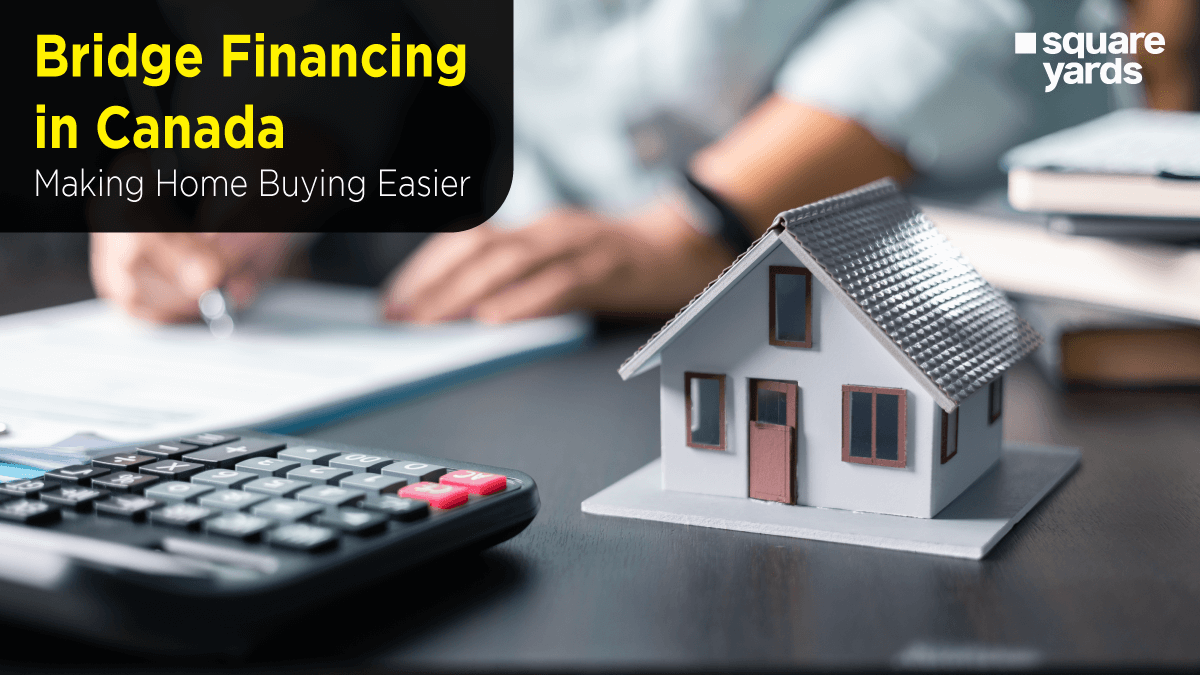The Peel Property Tax Policy has been developed to give elected municipal officials, municipal staff and property owners in the Peel Region a gist of the recent assessment and property taxation systems. The provincial government maintained the assessment and property tax systems in Ontario. The initial reforms were put into effect in the year 1998. Also, there have been more assessments and legislative changes so far. The taxation and property tax assessment includes plenty of organizations at the municipal and provincial levels of government. The contacts are given at the end of the document. It is advised to consult these references for more detailed information. Knowing their specific duties and responsibilities regarding assessment and taxation would be helpful.
A Peek into the Sections of the Handbook
The handbook includes a lot of sections. Each of these sections defines the policies under Peel Property Tax. Listed below are the important five sections that act as tax estimator. There are five sections in the handbook. Let us look at them and understand their features:
Section 1: Property Taxation and Assessment Basics

The first section of this handbook briefly summarises the property tax assessment. It has information about the roles of the Municipal Property Assessment Corporation. The municipalities have the power to collect taxes. This section comprises fees for the users like wastewater and houses for the elderly. Below we have discussed the CVA and tax rates under this section.
Section 2: Pre-1998 Property Assessment and Taxation


The second section outlines the system preceding the time when the reforms were put into effect. This section proposed bringing the property values up to date by the system of annual reassessment. The current values started to be decided on the current sales’ value. They even replaced the mill rates and created different property classes. It also introduced Local Services Realignment, under which the municipalities were authorized new services.
Section 3: Current Value Assessment and Taxation


The third section discusses the present-day assessment and property taxation procedure in Ontario. The properties were divided into 9 mandatory and 7 optional classes to assess the properties. This gave the special cases properties to avail of the discount. Mississauga and Caledon eliminated the tax shifts by changing the tax ratios from 2017 up until 2019. For the year, Mississauga, Caledon and Brampton did not change their tax ratios. Although, this was not the case with Brampton. The authorities set the tax ratio to 1.00 for the residential class. The introduction of the Reality Tax Class did this. The authorities define the subclasses through the Realty Tax Qualifier.
Section 4: Peel Property Tax Policy Options/Tools
The fourth section describes the tools and options which are at the disposal of municipalities in order to manage tax policy and its impacts on taxpayers. Municipalities were empowered by giving them autonomy while making tax policy decisions and flexibility so that they could respond easily to local priorities. They were provided with a lot of optional and mandatory tools. Upper-tier municipalities can delegate the responsibility to set the tax ratios to local authorities. They do not have to set region-wide tax rates for the property tax share of upper tier municipalities. It is possible because of the Municipal Act.
Section 5: Roles & Responsibilities
The final section of the handbook discusses the roles of the Municipal Property Assessment Corporation (MPAC), the provincial government, the Online Property Tax Analysis (OPTA) system, the lower-tier municipalities and the Peel Region. All the rules and policies regarding property assessment and taxation in Ontario are done by the provincial government. It also describes the responsibilities of these authorities within the framework of the taxation systems and property tax assessment.
Understanding the Current Value Assessment

The Government of Ontario brought into action the CVA (Current Value Assessment) in the year 1998. The objective was to make the property assessments consistent. The value allocated to a property. The motive of CVA is for Peel tax assessment. Since the previous assessment basis was not up to date with the contemporary times, it caused a lot of confusion and unfair treatment to certain taxpayers. The basis of property tax assessment throughout Ontario, is at their market value on a common base year. This is done through a common valuation date.
The Municipal Property Assessment Corporation (MPAC) decides the property valuation. This authority is given by the provincial legislation. The municipalities are supposed to give tax relief measures to senior citizens, people with special needs and charitable organisations. All the facets of the CVA legislation and applicable operating impacts as part of developing tax policy recommendations to the Regional Council have been reviewed by the Peel Corporate Finance Staff, in affiliation with staff from the City of Mississauga, City of Brampton and the Town of Caledon and the Golden Horseshoe (Zone 2) Office of MPAC.
Comprehending the Reassessment Cycle
In the ongoing reassessment cycle 2016, the property values are contingent on the 1st January 2016 valuation. With the increase in Peel tax assessment, by the previous reassessment values that were phased-in over 2017-20. Successive reassessments will take place every 4 years, with an increase in assessments to be phased-in over the period of 4 years. The assessed values are given to property owners through the MPAC (Municipal Property Assessment Corporation).
The owners of the property have the option to appeal the evaluated value of their property. They must request the Municipal Property Assessment Corporation to review the assessed value. The RfR does this (Request for Reconsideration) method. Property owners are given 120 days from the issue date on their Property Assessment Notice to file an RfR. The MPAC must respond to the RFR within 180 days since it has been issued. Although in case MPAC requires an extension, the owner of the property is notified about the results. This has to be done in the time period of 240 days, since the RfR was issued.
What If the Reconsideration Results in a Change?
In case the process of reconsideration results in a change to the assessment, it is done by MPAC. This is communicated to the municipality along with the owner of the property. If the property owner does not agree with the proposed change or the reconsideration does not result in a change, he/she can file a complaint to an independent tribunal. This is known as the ARB (Assessment Review Board).
It has to be done within a time period of 90 days, since the MPAC issued the RfR decision. The MPAC and the property owner would be required to appear before the ARB hearing, where they will present evidence. The Assessment Review Board’s decision will be binding on the MPAC and the property owner. The municipality can also appear before the Board at the hearing. The municipality will adjust the property tax. Except for farm, residential and managed forest, the property owners can forgo the requests of RfR. They can directly proceed with Assessment Review Board appeals.
You May Also Read:

